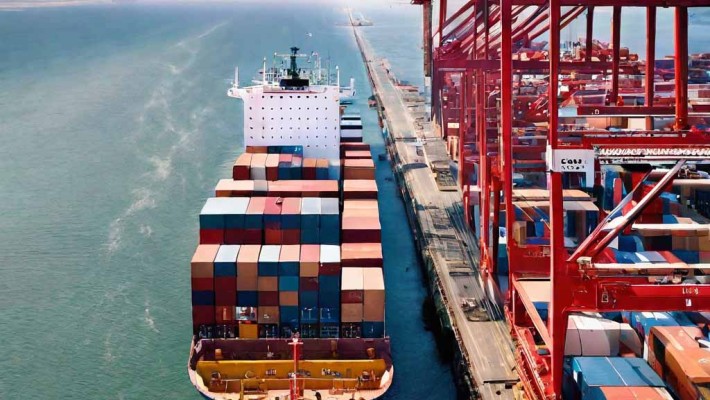Freight Forwarder Insights
Huin International Logistics Latest Articles
Mastering Sea and Air Freight: Tips and Tricks for Efficient Shipping
Introduction:
Shipping goods across international borders can be a daunting task, especially when it comes to choosing between sea and air freight. Both options have their merits, but for the utmost flexibility and cost-effectiveness, sea-air shipping serves as an ideal solution. In this article, we will divulge some valuable tips and tricks to optimize your sea-air shipping experience, ensuring smooth operations and maximum efficiency in international trade.
1. Proper Planning and Documentation:
Before delving into the sea-air shipping process, it is imperative to conduct meticulous planning and ensure all necessary documentation is in order. Create a detailed timeline, calculate lead times, and prepare shipping documents such as commercial invoices, packing lists, and customs paperwork well in advance. Strong organization and attention to detail will prevent unnecessary delays and ensure a seamless journey for your goods.
2. Collaborate with Experienced Freight Forwarders:
Navigating the complexities of sea-air shipping requires the assistance of experienced freight forwarders who specialize in managing multimodal transport. These professionals possess the knowledge and expertise to choose the most optimal routes, handle paperwork, and ensure compliance with international regulations. Collaborating with reliable freight forwarders will streamline your shipping operations, minimize risks, and expedite the delivery process.
3. Optimal Packaging for Dual Transport:
Sea-air shipping involves a combination of two modes of transport – container ships and aircraft. It is crucial to package your goods appropriately to withstand the demands of both modes. Goods should be secured in sturdy, moisture-resistant packaging to endure the sea leg, with extra care taken to consider the air cargo regulations and restrictions for the air leg. Using appropriate packaging will protect your goods from damage and ensure their safe arrival.
4. Utilize Consolidation Services:
One of the key advantages of sea-air shipping is the opportunity to take
advantage of consolidation services offered by freight forwarders. With
consolidation, you can combine smaller shipments to fill a container,
optimizing space utilization and reducing costs. Consolidation services provide
significant benefits for businesses with lower shipping volumes or those
dealing with time-critical shipments.
5. Accurate Documentation for Customs Clearance:
Effective customs clearance is a crucial aspect of international shipping. Ensure that all customs forms and documentation are meticulously filled out, providing accurate information about the goods, their value, and their intended use. Familiarize yourself with relevant customs requirements and regulations in both the origin and destination countries to prevent unnecessary delays or penalties.
6. Insurance and Risk Management:
Protecting your goods during transit is an essential part of international shipping. Comprehensive insurance coverage ensures that you are adequately protected against potential risks, such as cargo damage or loss. Consider partnering with an insurance provider specializing in sea-air shipping to minimize financial risks and give you peace of mind throughout the shipping process.
7. Communication and Tracking Systems:
Efficient communication and real-time tracking play a pivotal role in managing
sea-air shipments effectively. Collaborate closely with your freight forwarder
to establish a clear line of communication and to receive updates on the status
of your shipment. Utilize advanced tracking systems and software provided by
freight forwarders to monitor your cargo's progress throughout its journey,
minimizing the chances of disruptions or delays.
Conclusion:
Mastering the art of sea-air shipping requires meticulous planning, attention to detail, and collaboration with experienced freight forwarders. By following the tips and tricks outlined in this article, you can streamline your shipping operations, optimize space utilization, reduce costs, and ensure your goods reach their destination efficiently and securely. Remember, thorough preparation, accurate documentation, and effective risk management are key to a successful sea-air shipping experience.
